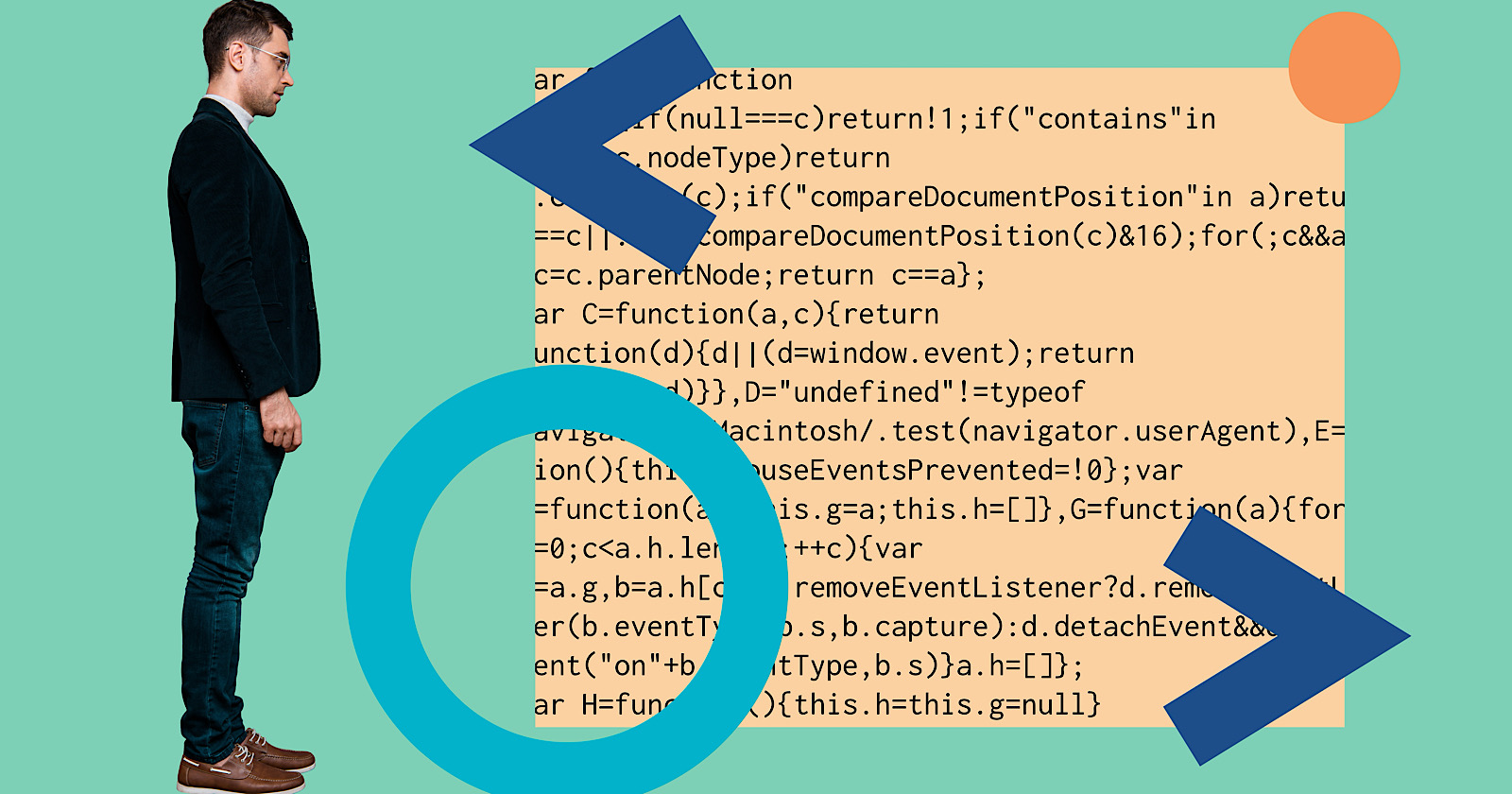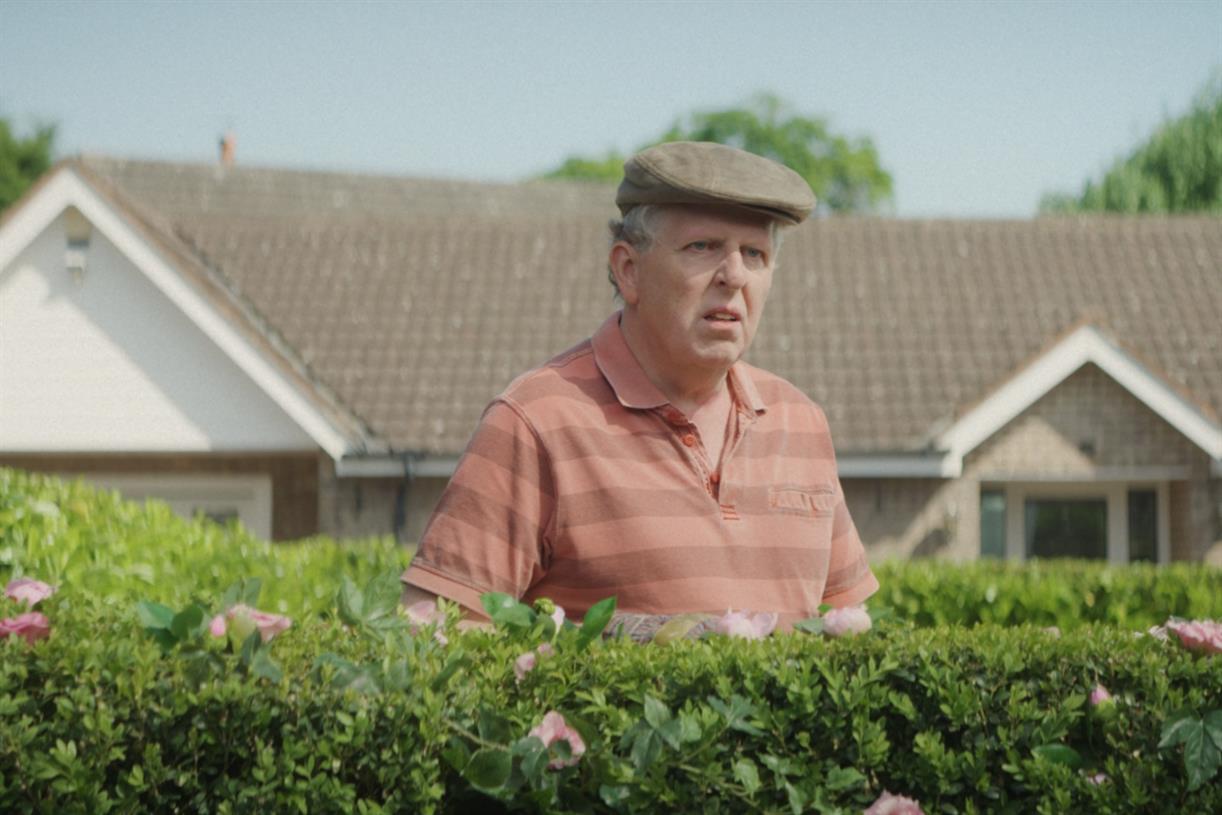The Creative Enterprise of Being Human
Palliative care physician BJ Miller reflects on his own near-death experience and what we can learn from treating recovery as a creative act. The post The Creative Enterprise of Being Human first appeared on Tricycle: The Buddhist Review. The...
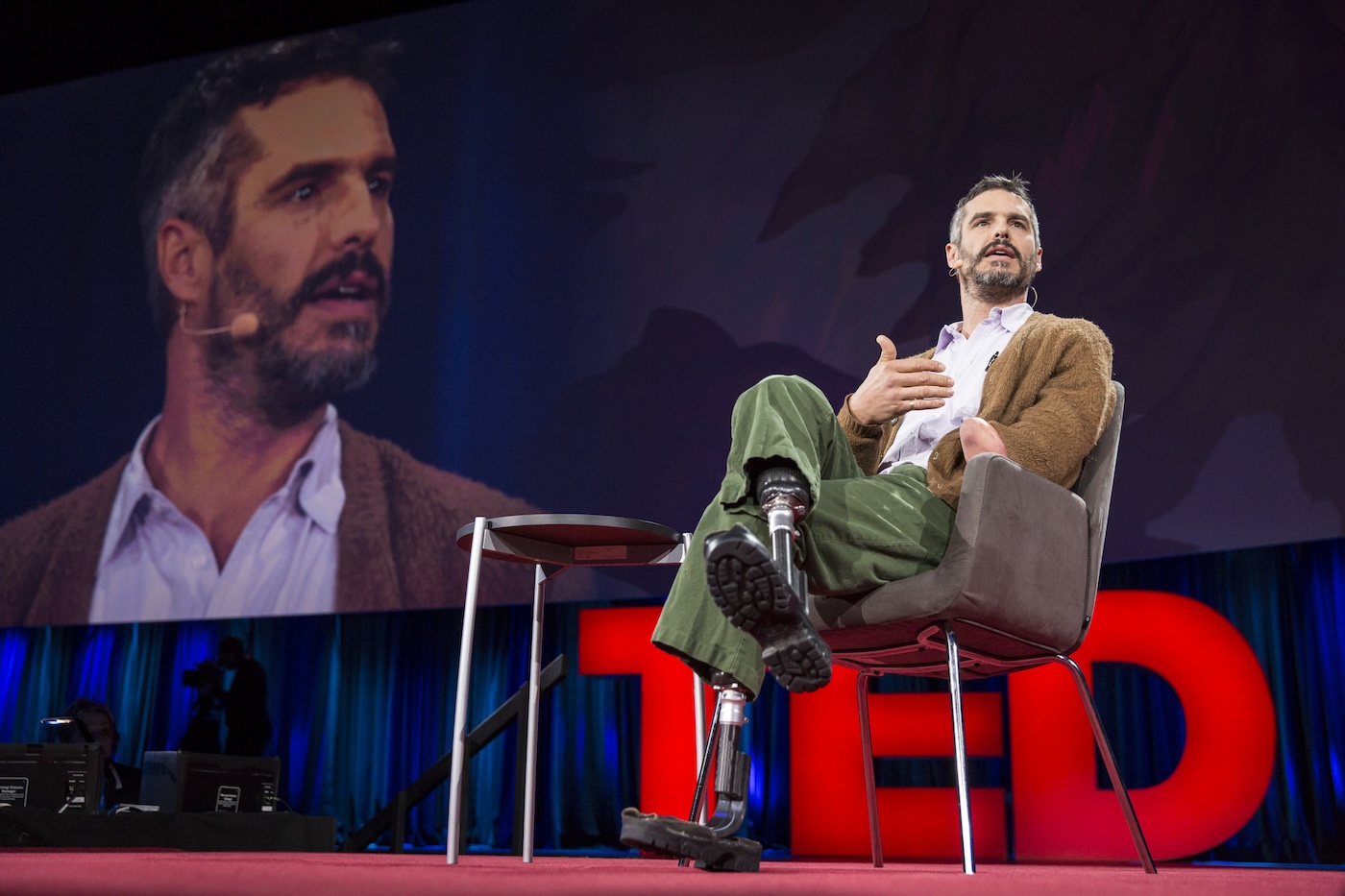
When BJ Miller was a sophomore in college, he climbed atop a commuter train and was immediately electrocuted, causing him to lose both legs and half an arm. In the aftermath of his own near-death experience, he turned to the arts to make sense of his injuries and to grapple with questions of disability and what it means to live a good life. “Art history allowed me to dig into questions of how humans experience and play with reality,” he told Tricycle. “All the things that were considered disabling or limitations now became fodder for creative work.”
Miller is now a palliative care physician and the cofounder of Mettle Health, a multidisciplinary group providing support for people confronting illness, disability, and death. He previously served as the executive director of San Franciscos’s Zen Hospice Project and the founder of the Center for Living and Dying.
In a recent episode of Life As It Is, Tricycle’s editor-in-chief, James Shaheen, and meditation teacher Sharon Salzberg sit down with Miller to discuss how he’s come to view recovery as a creative act, what he’s learned from Buddhist approaches to death, and how working with dying patients has changed the way he lives his own life.
James Shaheen (JS): You say that after your own injury, you came to regard death and suffering as normal, or part of the package deal of being human. Can you say more about this realization? How did it shape the trajectory of your own life and career?
BJ Miller (BM): I grew up living in a household with my mother, who had post-polio syndrome. As a young boy, being with my mother and watching how the world treated her was very eye-opening—and very disturbing sometimes. It instilled in me a lot of basic questions about who gets to be seen as a standard bearer of normalcy and what constitutes a “good” life, or a normal life. As far as I could tell, a normal life included loss and things not necessarily going your way.
In some ways, being with my family gave me a great counterpoint to what I was otherwise absorbing in daily life, and so I was well armed to head into my own journey of disability. Right out of the chutes, I knew enough to know that becoming disabled didn’t mean my life was over, and it didn’t make me less of a person. I knew that in my bones thanks to my family and thanks to my mom, but of course, I had to test that theory and feel the eyes of the world on me and the projections that go with it.
In my own experience, I started to watch how I could play with my frame of reference. Was I less of a person because I had fewer body parts? No. Was I a very unlucky person to lose three limbs, or was I a very lucky person to be alive and have this one right arm that I love so much? Through framing, I could play with my sense of reality and take on this creative enterprise of playing with how I saw myself in the world.
That quickly cracked things open. I went back to college and majored in art history, which allowed me to dig into questions of how humans experience and play with reality. All the things that were considered disabling or limitations now became fodder for creative work. I still do this every day. Sometimes I miss having two hands, but when I look around at different critters on this planet, I love to think, “If I were just born into this body and I just had one hand, would I be sitting around thinking, ‘Gosh, if only I had two hands,’ or ‘If only I had three hands’?” It’s a visceral way for me to realize that whatever I have is enough, and I would be thrilled to have what I have if it weren’t for the contrast that I feel when I look around and see others with, say, more limbs. That taught me a lot about how to be playful.
Sharon Salzberg (SS): Could you tell us more about how art history transformed your relationship to notions of disability? How did you come to view recovery as a creative act?
BM: Well, when I was sitting in the hospital, I spent a lot of time talking with a friend who studied the arts and philosophy. We talked a lot about questions around identity and who I was now and how to think of myself in the world.
Through those conversations, I became intensely aware of the primacy of the aesthetic experience. Here I was in this body that was being challenged to continue to live, and so it made me ask questions like What is a body? This body causes me pain, but why do I want to have a body? Well, the body gets to feel things. I became very clear about the poignancy of feeling things, even pain. And that was very therapeutic. On some level, I could get excited to feel anything, including pain. It was a reintroduction to my body and a provocation to get clear on why I love having a body, and so much of the answer to that question is in the aesthetic plane of feeling.
When I went back to college and started taking art history classes, I remember we were looking at statues from antiquity, old statues that were missing an arm or a leg. I was sitting there in this dark room looking at the statues thinking, “Wow, that’s an amputee,” and here the whole class was oohing and aahing at how beautiful it was. No one was sitting there saying, “Gosh, this statue would be so beautiful if only it had four limbs.”
That made me feel like there was a creative juice in disability for me if I choose to see it. I used to have flesh-colored covers that I’d put over my legs that kept the shape of a leg to fool people into thinking I still had legs. I remember after a modern architecture class, I came home and took those covers off, and it was totally liberating. What I used to be embarrassed or ashamed of now was something I was delighting in. It was a difference that was cool, that I could get into, and I started decorating myself differently. That was another big leap for me that came right out of the arts.
Ultimately, [what I realized through the arts] was that in this life, there’s so much we can’t change, but the power seems to be in our perspective: We can change how we see things, which then in turn changes things. What had felt like a disability, as something that was just pure loss, I could now view as a way that I was gaining a creative edge or a spark to get me to keep revisiting myself in the world and not take it for granted.
As I started thinking about aesthetics outside of the museum and gallery space, I started realizing that I had never given myself enough credit for being a creative person. When you start thinking about it, everyday life is filled with improvisation: We don’t know where things are going. We’re making stuff up all day long. And so that was another piece that allowed me to take on the mantle of a creative person, as any human being is to get through the day. You can see [being human] as a creative enterprise: playful, delightful, consequential.
SS: You’ve also talked about the shame that comes with disability in response to both physical changes to the body and the challenges of accepting help. So can you say more about what you’ve learned from working with shame?
BM: I think of guilt and shame like dirty fuel—they can be powerful forces in sculpting behavior. Shame can be a very destructive force. But like so many things, nothing is all good or all bad. I think there has been a utility to shame, too, and for the most part, I want to be careful to not overly demonize anything that is in our experience, including shame. It’s more about keeping it in its place and questioning it. I feel it when it comes on, and I’ve also experienced it by force. Being a disabled person, just leaving your house can feel like a daring act because of the projections you get, including the projected shame. And so having so much of that shame coming at me really forced me to deal with it. At first, I was bowled over by it. I was embarrassed; I covered my skin. But I finally came to realize that as powerful a sculptor of my behavior shame could be, it didn’t need to be so painful. I didn’t need such a blunt instrument. I still use it on occasion, but for the most part, I feel like shame is now more in its place.
SS: I’m so interested in this idea of how difficult it can be to accept help. Rather than there being a balance of being able to give and receive, so many of us are tied to this myth of the independent individual. Could you talk more about the challenges of accepting help and how narratives of individualism might actually contribute to our suffering?
BM: The myth of independence is one of the great lessons that can come with disability. I often hear people say, “Hey, we’re all connected. We all need each other. There’s interdependence,” but it doesn’t feel like it’s really tethered to experience.
Becoming disabled was really powerful for me [in this respect]. In the early days, it was overwhelming. I needed a lot of help. There were no two ways about it. And in some ways, that was a great gift: I had no choice but to learn some things. If it had stayed in the realm of the theoretical, I wouldn’t have learned these lessons. When the circumstances forced me to actually receive care, it was humbling.
It can be a very passive experience being a patient. But I remember one day some nurses let me know that they had learned a lot from my experience. I saw how therapeutic it was for me to think that in this wretched state, I had something to give. In other words, I learned that even if you want to be in healthcare where your job is to give, you also need to receive. Remembering how therapeutic it was for me as a patient to be able to give reminds me of this reciprocity that needs to happen.
SS: I know many people who may work in various capacities with people who are dying, and they all say that it changed how they lived their own life. It may be impossible to encapsulate or express, but I wonder if you could say something about how working with dying patients has changed the way you live your own life.
BM: Coming close to death at age 19 definitely opened my life up—it cracked me open in so many ways. I think there’s a lot of life to be gained from addressing death. One of those things might be the truth of interdependence and the fact that we need each other. It’s important to normalize that and upend this notion of being a burden in the world. I think that is a very life-giving truth, and it also helps me realize that I don’t have to have all the answers. It helps right-size me. In this world where we’re always trying to achieve more, it’a a relief that I’m not expected to figure it all out by myself. There’s a humility that comes with this right-sizing.
I wouldn’t have felt any of that poignancy if I hadn’t come close to death or worked with others who are. Empirically, I get to see how death can wake us up, right-size us, keep life in perspective, and help us tap into all the crazy stuff about this existence that we can’t explain and don’t understand but get to know somehow nonetheless. Death can help us find our way to loving life even as we’re losing it. What a juicy, creative enterprise that is. And I think we’ve got death to thank for all of that.
This excerpt has been edited for length and clarity.

 Aliver
Aliver 









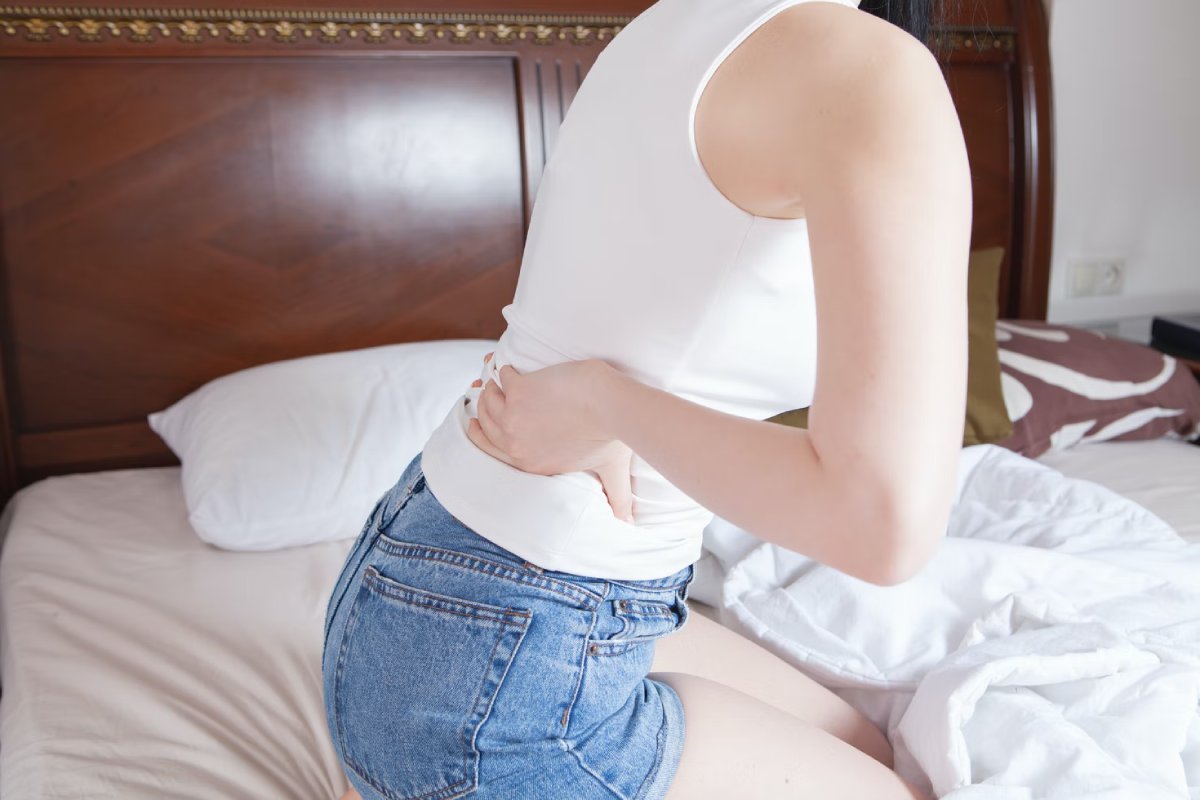

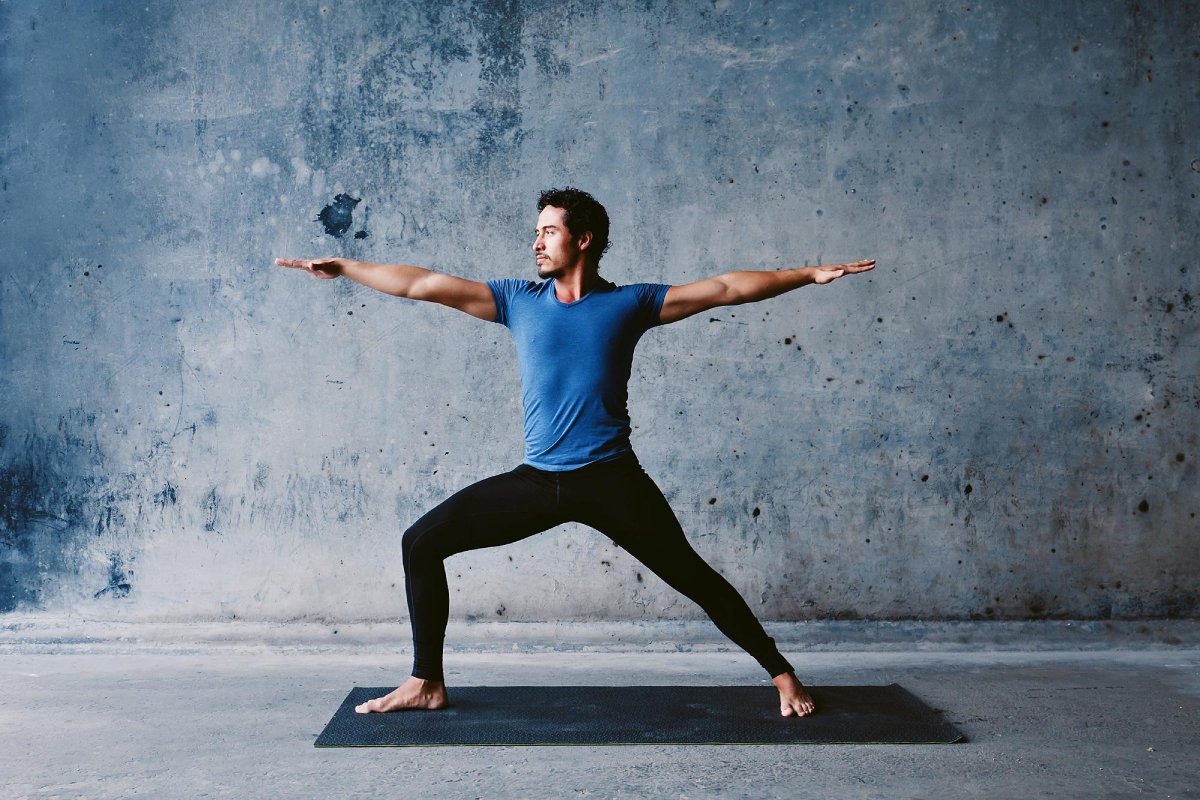
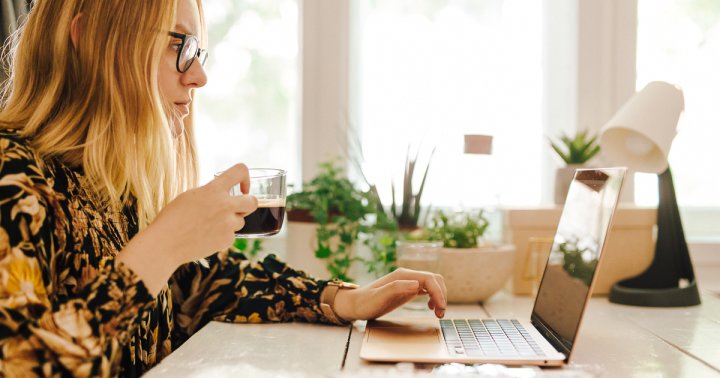













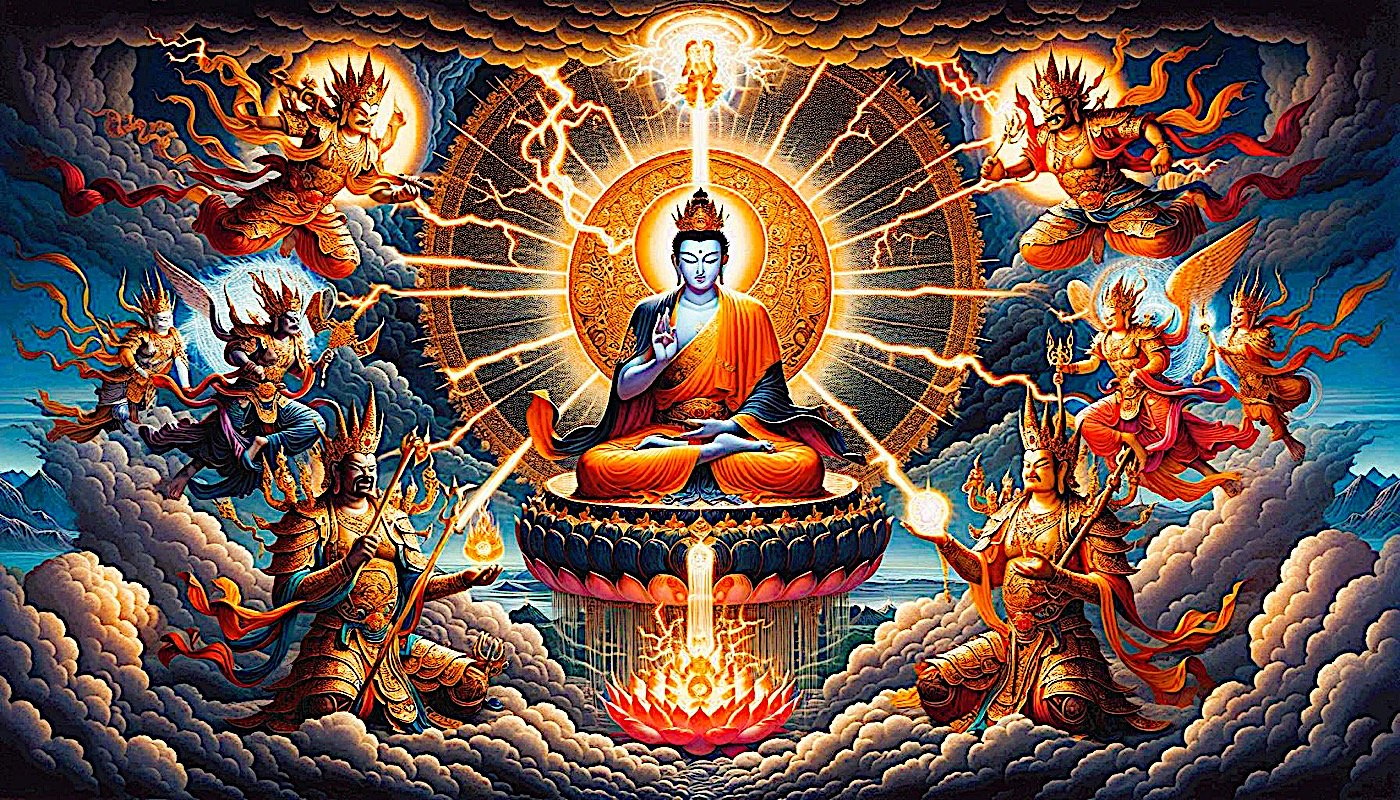
.jpeg?trim=0,0,0,0&width=1200&height=800&crop=1200:800)

